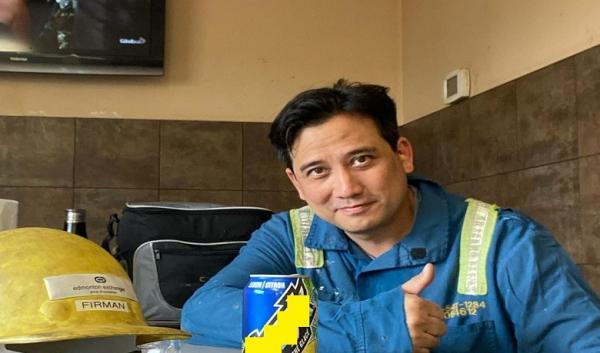The discovery of the fossil frontal bone of Gremlin slobodorum in the Oldman Formation of southern Alberta, Canada, makes an important contribution to deepening the understanding of the region's fossil leptoceratopsid dinosaurs. Previously, there was a gap in the leptoceratopsid fossil record in Alberta, which this discovery successfully filled.
Gremlin slobodorum, native to deposits of the Oldman Formation, is a connecting element between two previous leptoceratopsids, namely the Gryphoceratops of the Milk River Formation and the UNESCO Ceratops of the Dinosaur Park Formation. These discoveries pave the way for a more in-depth understanding of the evolution and diversity of herbivorous dinosaurs in the Late Cretaceous in Canada.
“The description of Gremlin slobodorum and its comparison with other leptoceratopsids allows a reassessment of the characteristics of the pairs of frontal bones of the skull roof that were previously considered important for classification,” said a paleontologist. “The identification of this new species also facilitates understanding of the evolution of leptoceratopsids in Alberta by reducing the temporal gap between Gryphoceratops, the oldest known leptoceratopsid, and the UNESCO Ceratops which is found stratigraphically above Gremlin slobodorum.”

“Amateur problem solver. Hipster-friendly alcohol lover. Beer buff. Infuriatingly humble tv geek.”
:strip_icc():format(jpeg)/kly-media-production/medias/4726574/original/028022600_1706206193-dream_comm.jpeg)





